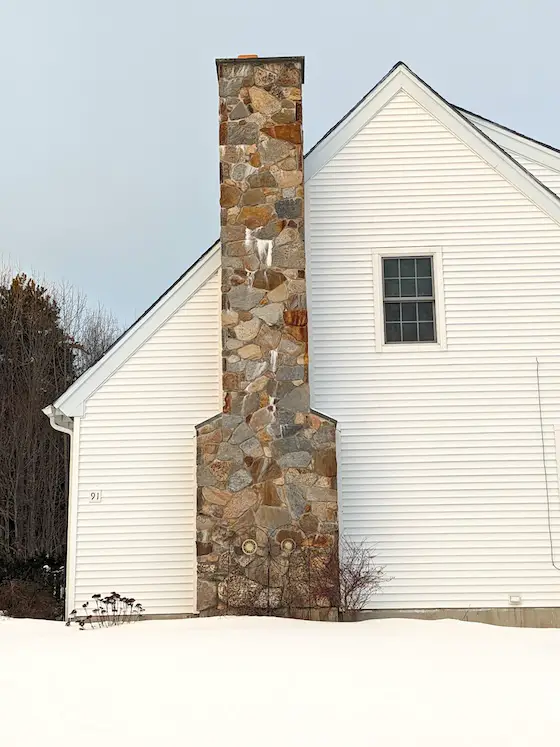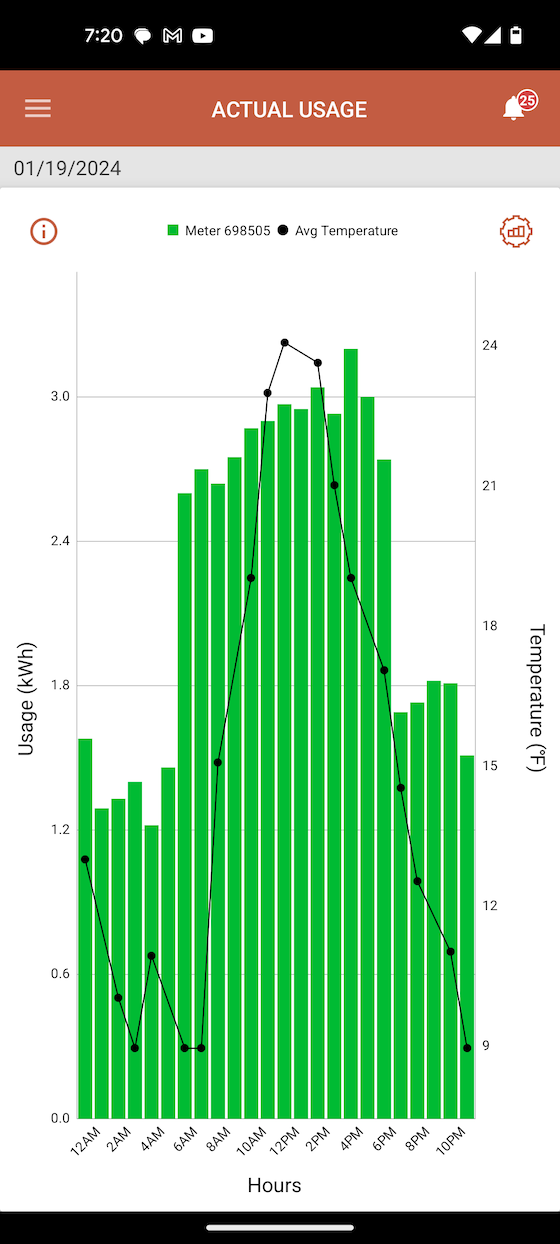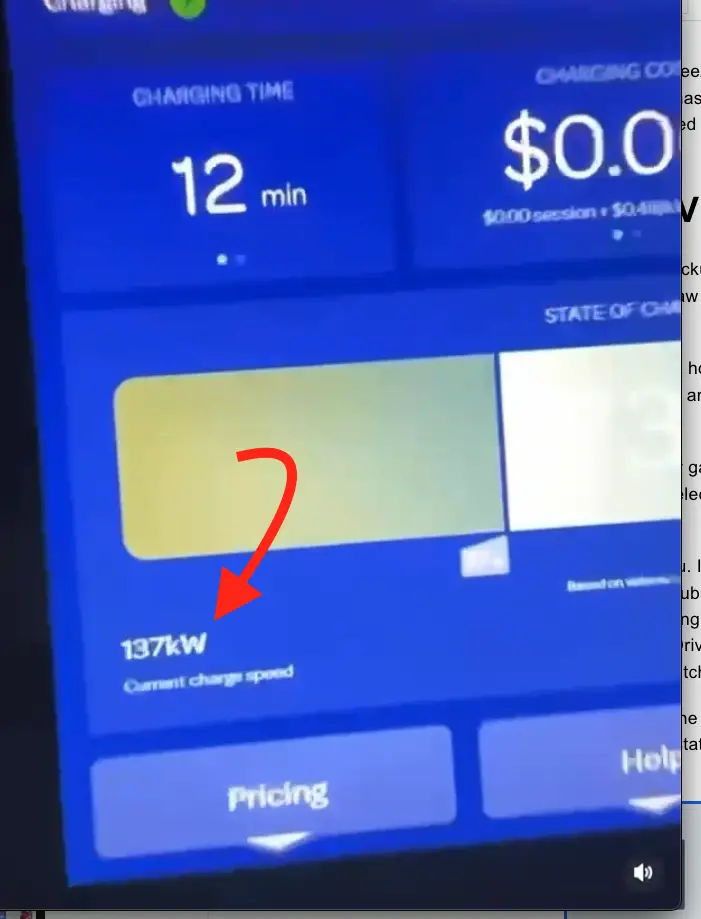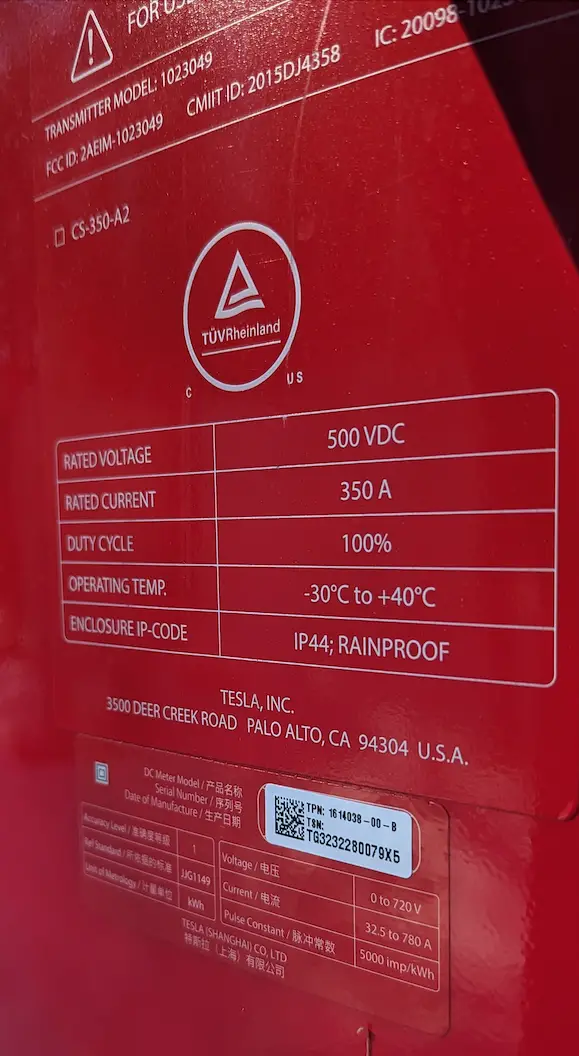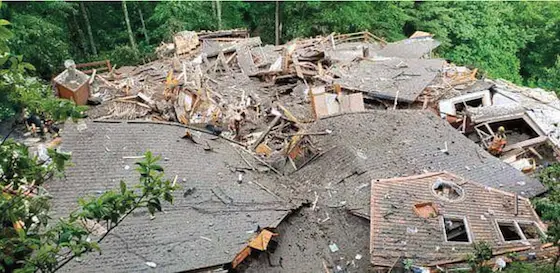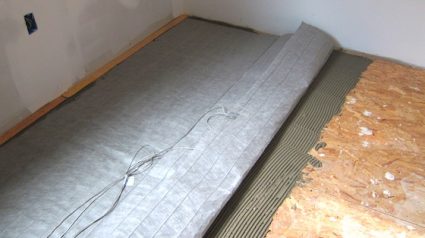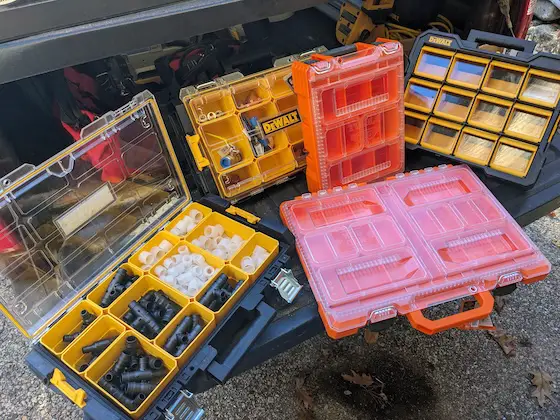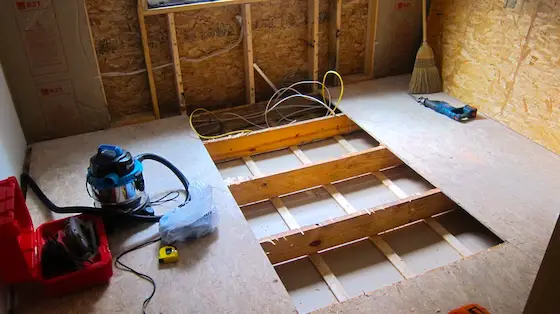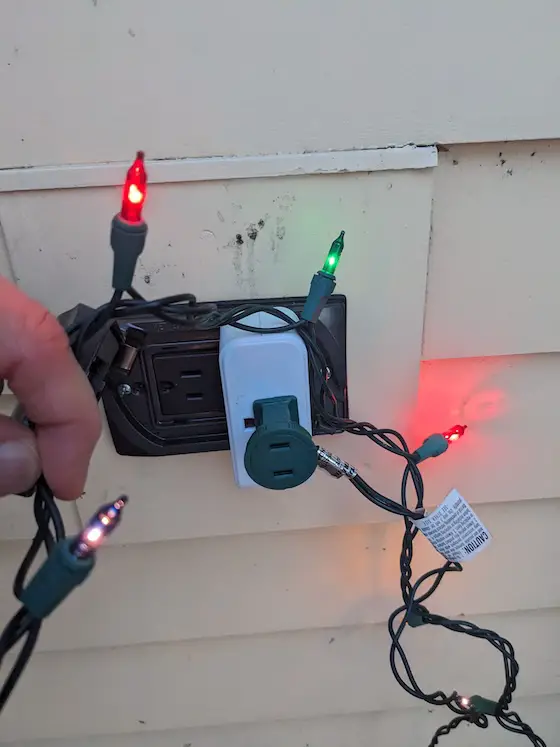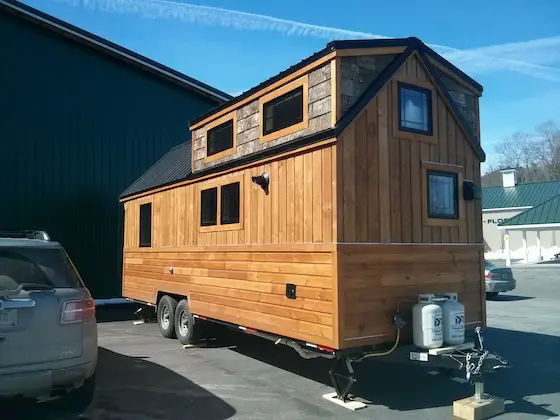
This is a tiny house built on a trailer frame. It’s nearly identical to any common travel camper. Think about that. Copyright 2024 Tim Carter
Why Tiny Houses are Big Bad Ideas
By: Tim Carter
I live in central New Hampshire (NH) on the west shore of Lake Winnisquam. This is the third-largest lake in NH. I kayak on the crystal-clear blue water as often as possible. The state of NH owns the 7.2 square miles of water but citizens own any islands that dot the lake.
Due east of my boat dock is a very small island that is less than 2,000 square feet in size. It’s about 50 feet in diameter. On this island is a tiny house. Several years ago I was kayaking on a glorious summer day and saw the owners outside eating lunch sitting at a picnic table near their dock.
“Hello! I’m Tim Carter. I live just across the lake from you. In the winter I often see a glow coming from your window that faces my house. Do you live here year-round?” The older couple invited me to come sit with them. They were like teenage sweethearts and had a strong glow about them. We chatted about how they do live on the island year-round. I was astonished, to say the least.
Their tiny house measured only 12 feet by 20 feet as best as I could estimate. That’s 240 square feet. It was smaller than a two-story shed I had built the previous year up above my leach field. I built my shed so it could be converted into a tiny house. I sell the Deluxe Two-Story Shed plans to folks on a regular basis. CLICK HERE to order my EXACT SHED plans.
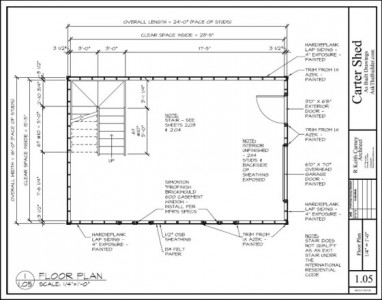
This is but one of the MANY PAGES of my Tiny House plans. Look at the winder steps going to the second floor! Copyright 2024 Tim Carter
After sharing a drink with them, I departed and kayaked around the other two larger islands. I couldn’t get my mind off how two people could live 365 days year in a nothing more than a very small cabin. As I paddled back to my dock, I decided to research how big the average log cabin was that settlers constructed in the 1700s.
It turns out the average size of a log cabin built in the Northeast was 16 feet long by 14 feet wide. That’s 224 square feet of living area.
Casting a Spell on You
Are you entranced with the concept of downsizing and moving into a tiny house? Think of how small your heating and cooling bills would be. Imagine how fast you could clean your entire house! Ponder how long it might be before you’d strangle your significant other unless you were constantly bumping beaks like the lovebirds that live across the lake from me.
There are all sorts of advantages to living in a tiny house. We already know it’s possible as our ancestors did it. There are also many disadvantages of compacting your lifestyle into a space not much bigger than a motel room.
The best way, in my opinion, to test your ability to survive in a tiny house is to rent a travel camper for a week. Take it to a local campground and hook it up to the on-site utilities allowing you all the comforts of electricity, running water, and sewer. Keep in mind not all campgrounds have a sewer connection. Without this important convenience, you’ll be stunned by how fast you’ll fill up your onboard sewage holding tank.
The Tiny House Experiment
My guess is you’ll discover the first day is somewhat fun and interesting. You’ll marvel at how the camper designers have made use of every cubic inch of storage space. This is very important to do in tiny houses as well.
If you conduct this test solo, you’ll have a much better chance of survival. If you have a partner, I predict by the late afternoon of the second day thoughts will cross your mind about what excuse you can make to take a hike or make your sixth trip of the day to the campground general store.
Google Search: How to Poison Someone
By midweek a large tear will develop in the social fabric of your relationship. The smallest character flaw will balloon into grounds for a divorce. Your mood will darken like the black clouds that barrel towards you just before a violent severe storm strikes.
My guess is that on the fifth day, you’ll be calling the camper rental office to see if you can get a discount for returning the camper two days early. Your nerves will be as raw as a fresh trout you snagged from the campground lake.
What are you going to do with all your stuff? Do you park your car and pickup truck outside because your garage looks like a hoarder’s Paradise? When you make the decision to live in a tiny house, all your stuff becomes flotsam and jetsam as you hand the keys of your large traditional home to the new owner. Think long and hard about how you can live without all your books, memorabilia, countless clothes, shoes, Christmas decorations, etc.
The Dream Crusher
You now know why my moniker around the Carter home is the Dream Crusher. I didn’t come up with the nickname, my kids did. Every time they’d float some idea at the dinner table, I’d start to ask questions. It was the realist in me.
I’m also old enough to remember the craze about geodesic dome houses, A-frames, and several other housing fads. If you notice, you don’t see many of those around where you live. There’s a reason. I believe the tiny house fad has also floundered on the reef of silly ideas. If I’ve crushed your dream of living in one, trust me, you’ll thank me at some point.
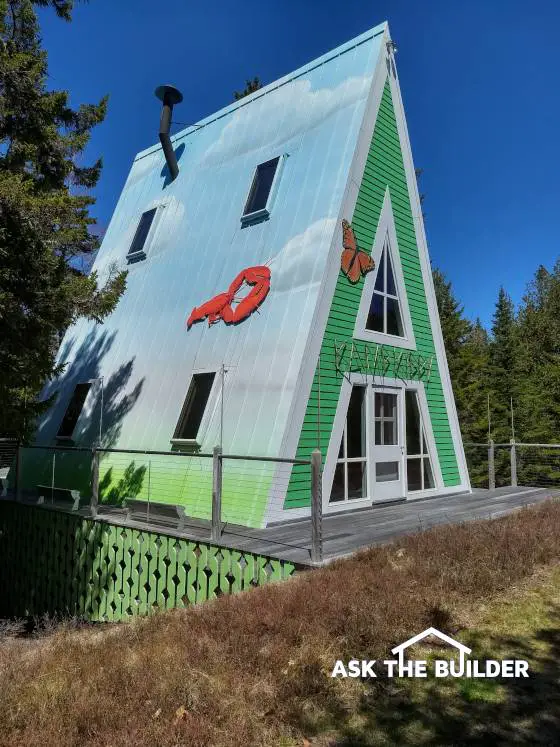
Here’s an eye-catching A-frame house on Mt. Desert Island, Maine. (C) Copyright 2024 Tim Carter
Column 1545
